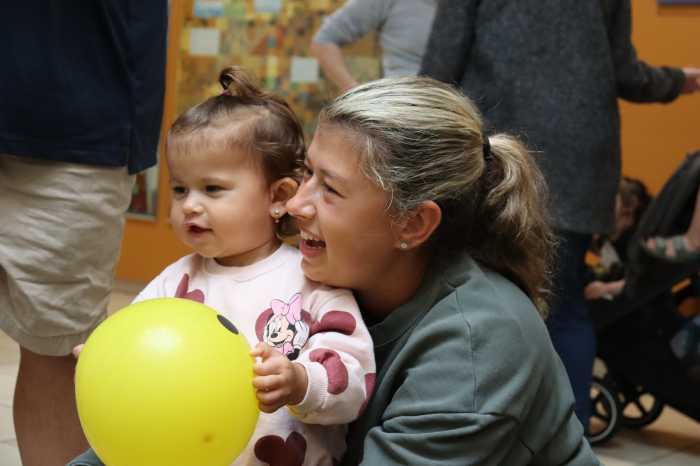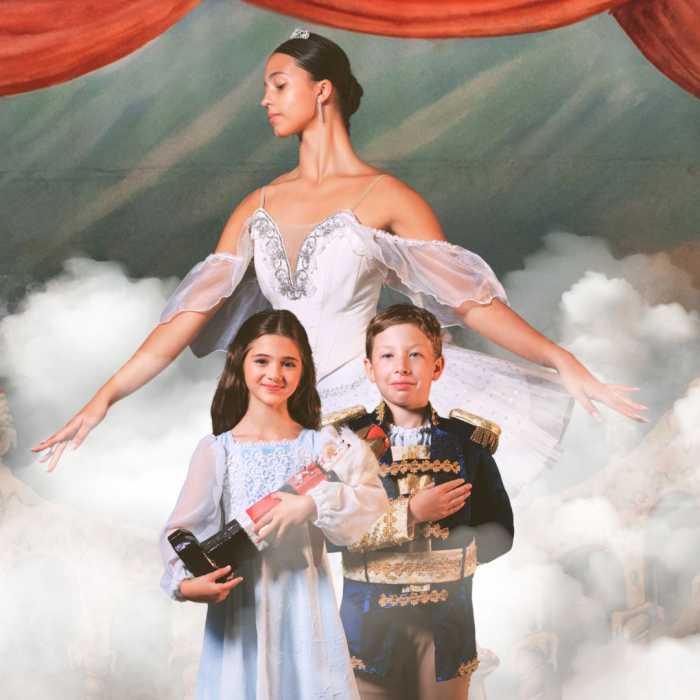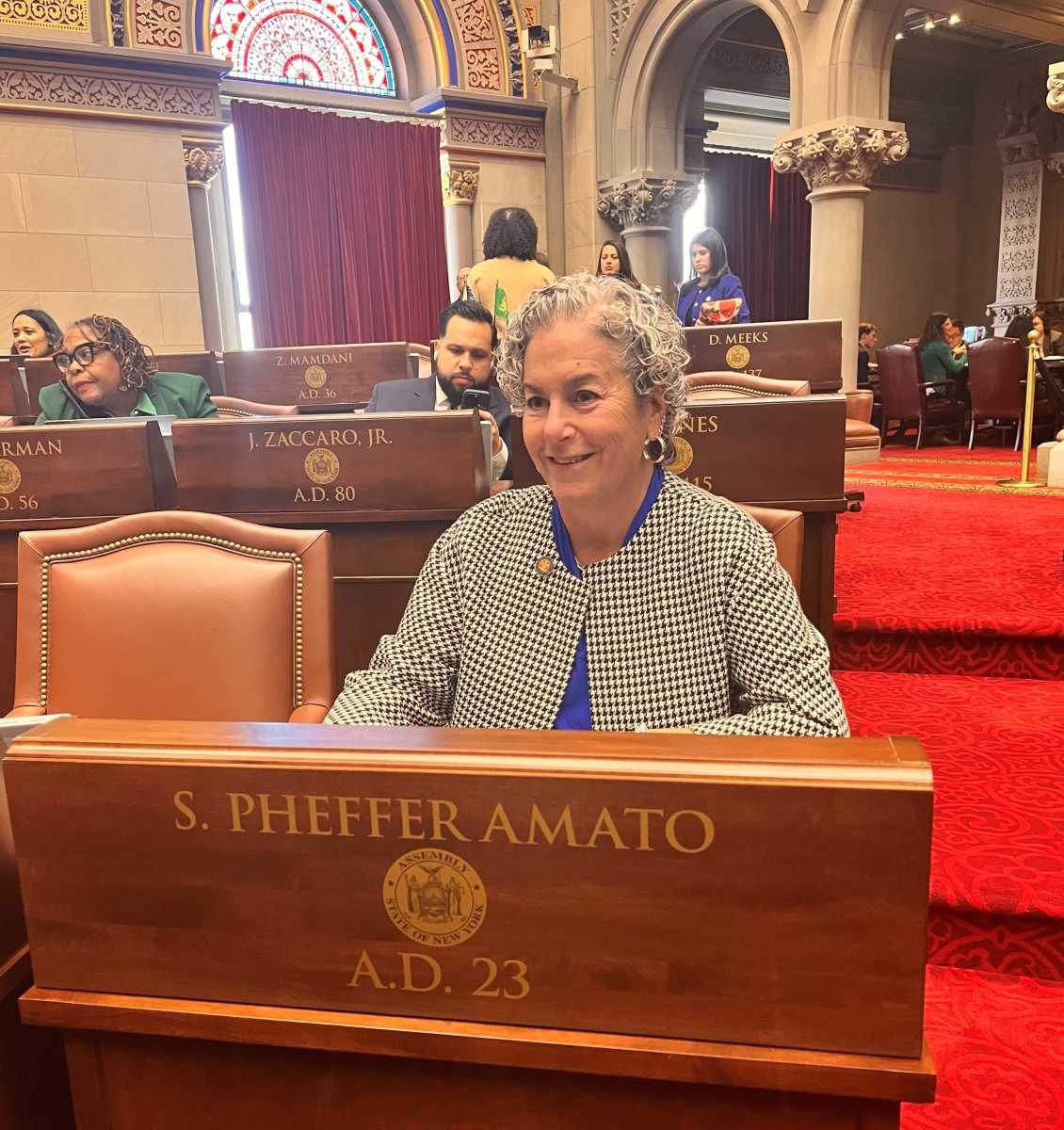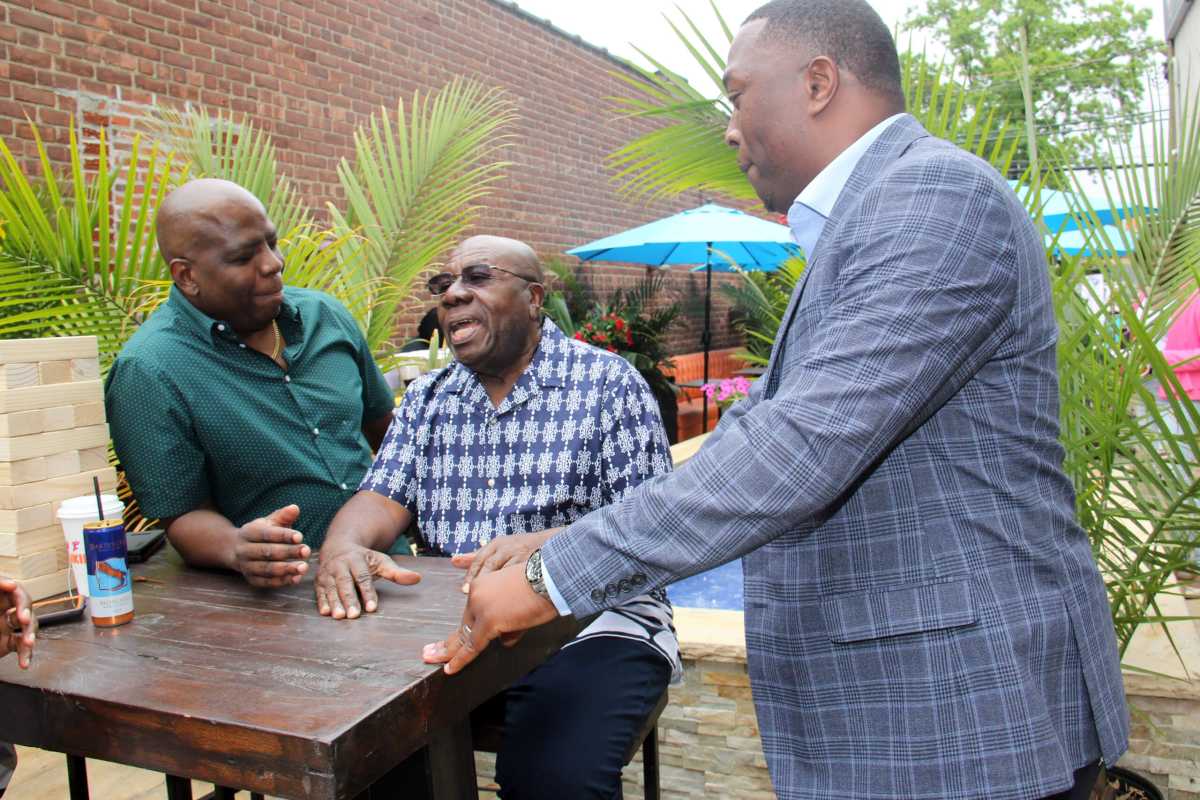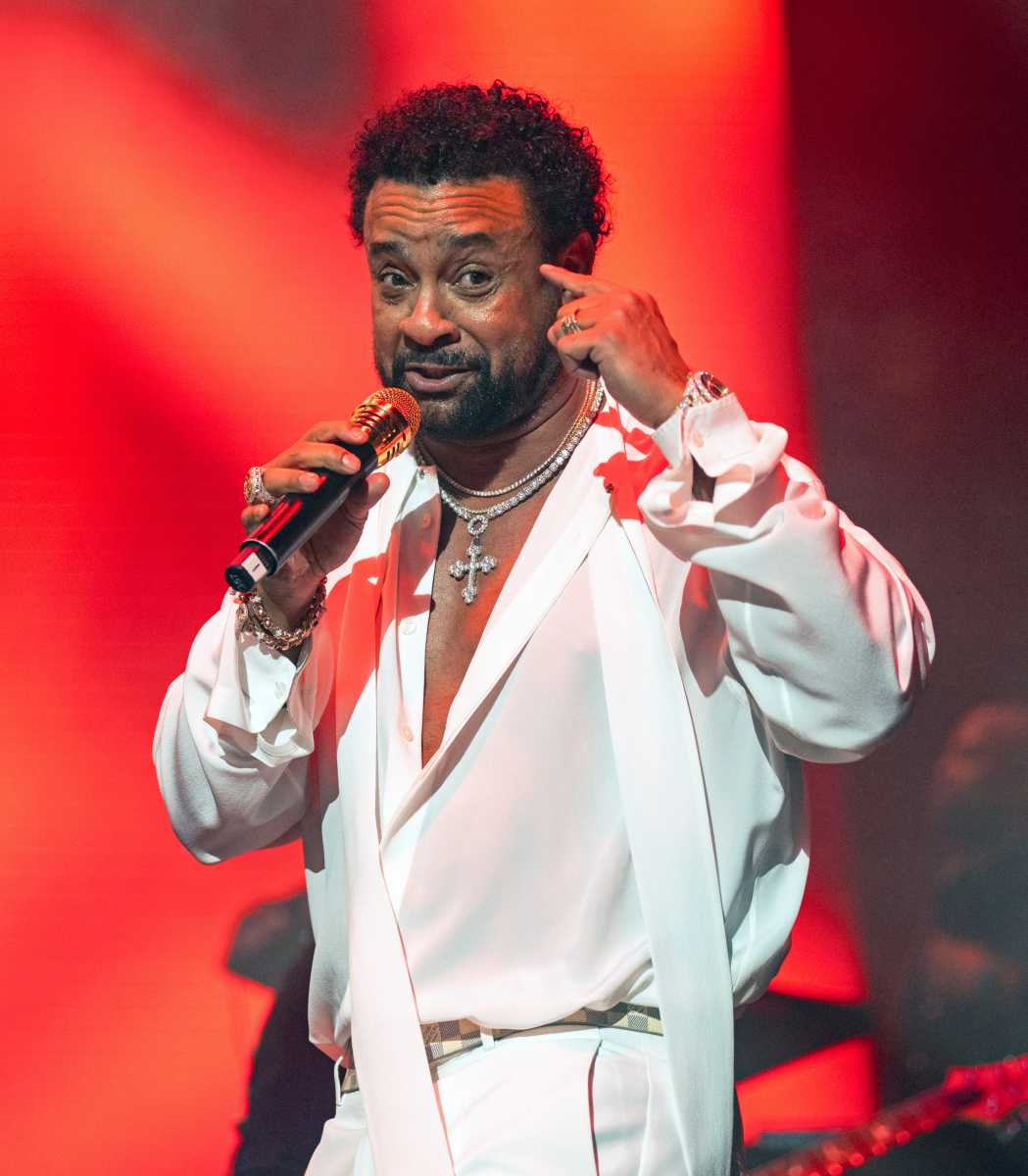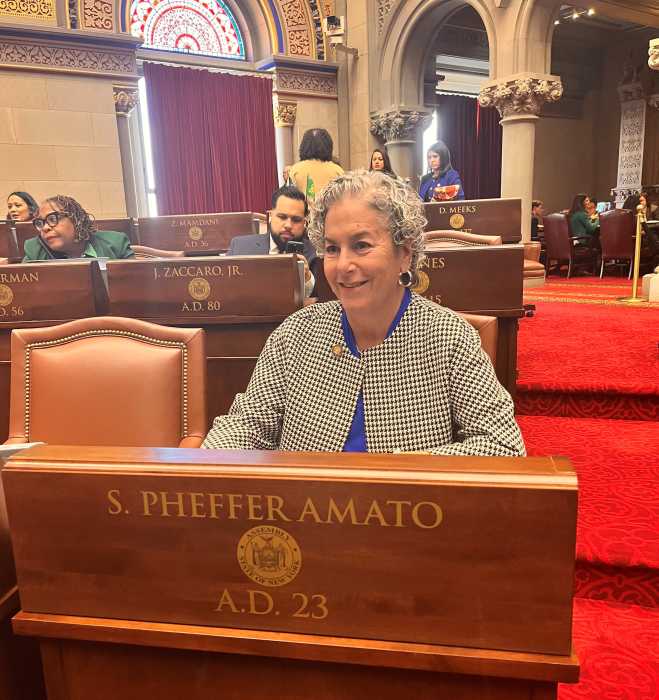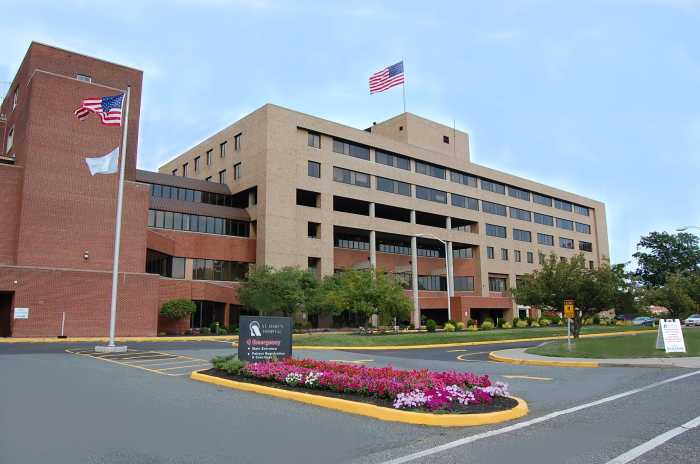Government policy is manifested in legislative action, executive execution, and in some cases judicial directive. But where do decision makers get the ideas that translate into these efforts?
In some cases, they originate with the decision makers from their own experience. or creative suggestions of staff. In others, they originate from external pressure to shape policy by business interests or others seeking government intervention on their behalf, variously described as special interests or advocates depending on whether one agrees with them.
Often, ideas originate from organizations dedicated solely to the advancement of policy, in some cases aligned with the interests of their sponsors and in others by a perspective which led to the creation of the organization in the first place. Colloquially, these are called think tanks.
New York is home to a number of organizations focused on local problems and solutions. The recently announced merger of two of them, the 5Boro Institute and the Citizens Union, highlights the evolution of such public intellectual entities.
The Citizens Union is among the oldest such organizations in New York City. It was founded in 1897 by such luminaries as J. Pierrepont Mongan and Charles Schurz, then a newspaper editor, for whom the park adjacent to the mayor’s residence, Gracie Mansion, is named. Like the statue of publisher Horace Greeley in City Hall Park, it is unclear whether the commemoration of these civic paragons has had any effect on the occupants of the public buildings.
Citizens Union was formed as part of the good government movement which arose as a response to the power of Tammany Hall, the apparatus that dominated the Manhattan Democratic Party despite a slew of investigations and convictions. It was the forerunner of other reform organizations over the course of the city’s history. Its candidate endorsements were viewed as a stamp of ethical behavior approval.
Coincident with the election of Mayor Eric Adams, the 5Boro Institute was launched in 2022 by the late former Lt. Governor Richard Ravitch and publisher Tom Allon. Its purpose was to provide intellectual support to the new mayor in a way similar to how the Manhattan Institute had for Mayor Rudy Giuliani in the 1990s. The Manhattan Institute provided conservative ideological cover for initiatives such as privatization of government services and welfare reform. The new organization’s name reflected the more inclusive philosophy of Mayor Adams.
Early in the administration, it hosted forums with city leadership and over time sharpened its focus to governance and a select group of challenges including childcare, climate, housing and mental health.
Respected for their policy chops and leadership prominent in the media quotation rotation, both nonetheless faced organizational challenges.
To some extent, the Citizens Union was a victim of its own success. The election and ethics reforms it championed advanced in the wake of the corruption scandals during the administration of Mayor Edward Koch in the late 1980s. These were an ironic turn of events given Koch’s political launch as the reformer who had toppled Carmine DeSapio, the last leader of Tammany Hall of any consequence.
Reforms enacted in their wake, including public financing of municipal election campaigns, substantially weakened political clubhouses as the patronage on which they depended disappeared and candidates were no longer as dependent on the volunteers they commanded.
Moreover, prosecution of many of the participants by U.S. Attorney Rudy Giuliani led to his eventual election as mayor. His eight years were followed by twelve for billionaire Mayor Michael Bloomberg, uniquely recognized as too rich to bribe. While their administrations each had their own scandals, the perception that their personal integrity was intact meant a generation in which political reform was not in the forefront of the public agenda.
More attention was called to this area during the de Blasio and Adams years, allowing the Citizens Union to regain some of its stature under the leadership of former Parks Commissioner and Public Advocate Betsy Gotbaum. In February of this year, however, Ms. Gotbaum announced her retirement. Contemporaneously, former Giuliani Deputy Mayor Randy Mastro stepped down as board chair and returned to City Hall as the Adams administration’s first deputy mayor. These were big shoes to fill.
In the meantime, like any startup, 5Boro found itself competing in the marketplace of ideas with more established, and better funded, organizations such as the Center for the Urban Future, Community Service Society and the Regional Plan Association; as well as single issue groups already in 5Boro’s policy areas. On top of that, some of the early luster from association with Mayor Adams faded as his administration was hobbled by the scandals surrounding him and his commensurate drop in popularity.
The merger provides an opportunity to draw on each organization’s strengths. 5Boro will live on as an institute within Citizens Union, bringing its innovative policy approaches and the leadership of tech savvy Raj Goyle, its former chair. For Citizen’s Union, the vacuum left by Ms. Gotbaum’s retirement is filled by 5Boro’s executive director Grace Rauh, a well-regarded former political reporter for NY1. She will complement Citizen Union’s new chair, John Avalon, a seasoned broadcast and print journalist. Together they signal that the organization is poised not just to speak up on critical issues but to make sure that they are heard. Formed at a time when JP Morgan could move public opinion just by inviting the right people to his salon, Citizens Union will now have communicators front and center in an era when it takes more to move policy than just being right.
Former NYC Council Member Ken Fisher is a member of the national law firm of Cozen O’Connor. His practice focuses on state and local government regulations, transactions and investigations. The opinions expressed are his own.











